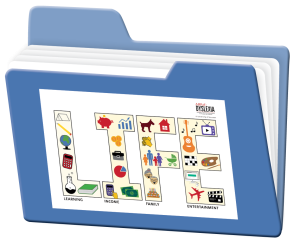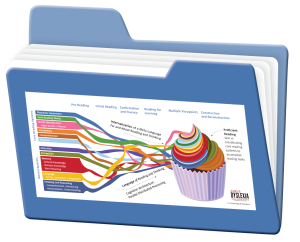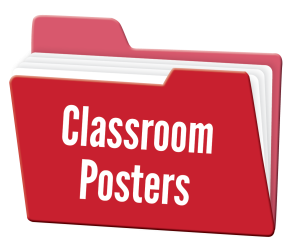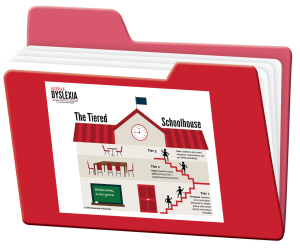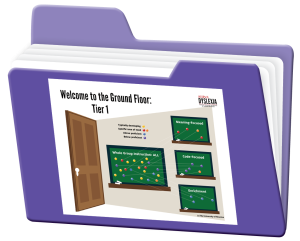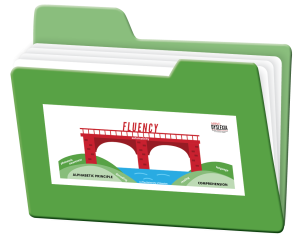Free Resources
The Model Demonstration Resource Page provides a variety of tools that are free to use, with the copyright and logo shown on the items downloaded. If you have any questions regarding copyright laws, please visit the Copyright Laws of the United States for more information.
This is an adaptation of the Reading Rope and the Stages of Reading. The skills and processes that ‘swirl together’ to lead to proficient reading and understanding of text.
Attractive and colorful posters that would make a great addition to any classroom. Open the folder to download the posters, which you can print in any desired size.
- Everyone goes in the front door for academics and behavior
- Based on need (objective data/assessment), some students move to “higher floors” (tiers) to receive additional instruction and intervention.
- The goal is that students needs are met and decisions are based on data
In this folder, you can learn about the foundation of quality instruction for ALL students. Without solid instruction, the other floors cannot bear the weight. Tier I is differentiated and needs-driven.
Is a science or math teacher also a reading teacher? YES!! Literacy skills are relevant across the curriculum—from summarizing in science to getting the gist in social studies to determining important details and vocabulary in math.
Teaching has three main components: the HEAD, which involves thought and reflection; the HEART, which deals with our professional and personal values; and the HAND, which is our active engagement with our students.
This folder is all about collaboration—building a campus culture that encourages all teachers to work together so every student learns. Rather than identifying as a primary, upper grade, special ed, EL, special or ancillary…we are all TEACHERS of children.
Help your staff get the most out of the reams of data at their fingertips. Learn the connection between data, instruction, and outcomes.
Kids learn best when they understand how reading skills fit together and mutually support their learning.
Core Content clarifies how reading skills link to other subjects across the curriculum.
The development of PA and subsequently decoding skills leads to a greater change for successful comprehension. Decoding can be introduced at the same time as upper level PA skills.
Fluency is a component skill of comprehension that can facilitate or impede comprehension of the text being read.
CBAM
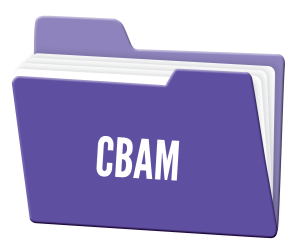
The Concerns-Based Adoption Model (CBAM) has three components that help schools implement innovations. The Stages of Concern survey helps leaders assess and respond to teacher concerns about innovations. The Levels of Use survey measures the extent to which staff implement an innovation. Innovation Configurations provide a well-defined picture of stellar/not-so-stellar implementation.
Improvement Science
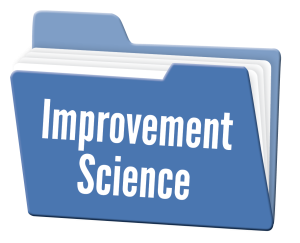
Through iterative Plan Study Do Act (PDSA) cycles, schools establish a culture of continuous improvement to help students learn better.
How-To Guides

A series of 11 brief, informative guides that explain the “HOW TO” of sometimes difficult or problematic aspects of improvement science in schools.

